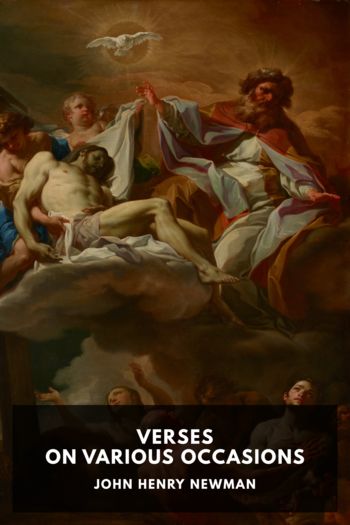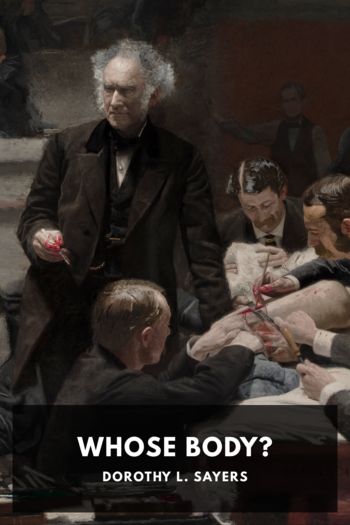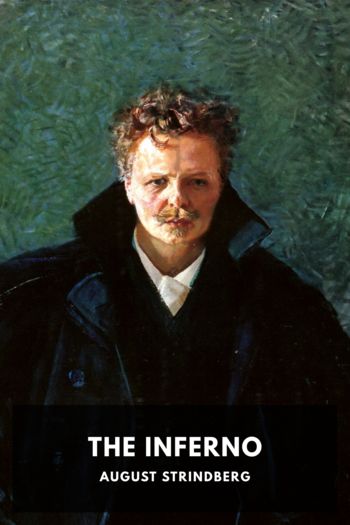The Divine Comedy Dante Alighieri (best smutty novels .txt) 📖

- Author: Dante Alighieri
Book online «The Divine Comedy Dante Alighieri (best smutty novels .txt) 📖». Author Dante Alighieri
“But in the essence of number, or in the first original one, all other numbers, and consequently the elements of numbers, and the elements of the whole world, and all nature, are contained. The elements of number are the even and the odd; on this account the first one is the even-odd, which the Pythagoreans, in their occasionally strained mode of symbolizing, attempted to prove thus; that one being added to the even makes odd, and to the odd, even.”
Cowley, “Rural Solitude”:—
“Before the branchy head of Number’s tree
Sprang from the trunk of one.”
↩
All the spirits of Paradise look upon God, and see in him as in a mirror even the thoughts of men. ↩
The first Equality is God, all whose attributes are equal and eternal; and living in Him, the love and knowledge of spirits are also equal. ↩
Will and power. Dante would fain thank the spirit that has addressed him, but knows not how. He has the will, but not the power. Dante uses the word argument in this sense of power, or means, or appliance, Purgatorio II 31:—
“See how he scorns all human arguments,
So that nor oar he wants, nor other sail
Than his own wings, between so distant shores.”
↩
Dante calls the spirit of Cacciaguida a living topaz set in the celestial cross, probably from the brilliancy and golden light of this precious stone. He may also have had in his mind the many wonderful qualities, as well as the beauty, of the gem. He makes use of the same epithet in Canto XXX 76.
The Ottimo says, that he who wears the topaz cannot be injured by an enemy; and Mr. King, Antique Gems, p. 427, says:—
“If thrown into boiling water, the water cools immediately; hence this gem cools lust, calms madness and attacks of frenzy.”
In the same work he gives a translation of the Lapidarium of Marbodus, or Marboeuf, Bishop of Rennes in 1081. Of the chrysolite, which is supposed to be the same as the topaz, this author says:—
“The golden Chrysolite a fiery blaze
Mixed with the hue of ocean’s green displays;
Enchased in gold, its strong protective might
Drives far away the terrors of the night;
Strung on a hair plucked from an ass’s tail,
The mightiest demons neath its influence quail.”
↩
He had been waiting for the coming of Dante, with the “hunger long and grateful” spoken of in line 49. ↩
The first of the family who bore the name of Alighieri, still punished in the circle of Pride in Purgatory, and needing the prayers and good offices of Dante to set him free. ↩
Barlow, Study of the Divina Commedia, p. 441, says:—
“The name of Florence has been variously explained. With the old chroniclers the prevalent opinion was, that it was derived from Fiorino, the Praetor of Metellus, who during the long siege of Fiesole by the Romans commanded an intrenched camp between the River and the Rock, and was here surprised and slain by the enemy. The meadows abounded in flowers, especially lilies, and the ancient ensign, a white lily on a red ground, subsequently reversed (XVI 154), and similar to the form on the florin (fiorino), with the name given to the Duomo, St. Maria del Fiore, tend to show that the name was taken from the flowery mead, rather than from the name of a Roman praetor. Leonardo Aretino states that the name of the city originally was Fluentia, so called because situated between the Arno and the Mugnone: and that subse quently, from the flourishing state of the colony, it was called Florentia. Scipione Ammirato affirms that its name from the first was Florenzia.
“The form and dimensions of the original city have not been very accurately recorded, In shape, probably, it resembled a Roman camp. Malespini says that it was ‘quasi a similitudine di bastie.’ The wall was of burnt bricks, with solid round towers at intervals of twenty cubits, and it had four gates, and six posterns. The Campidoglio, where now is the Mercato Vecchio, was an imitation of that of the parent city, Rome, whose fortunes her daughter for many centuries shared. …
“The cerchia antica of Cacciaguida was the first circle of the new city, which arose from the ruins of the Roman one destroyed by Totila; it included the Badia, which the former did not; Dante, therefore, in mentioning this circumstance, shows how accurately he had informed himself of the course of the previous wall. The walls of Dante’s time were begun in 1284, but not finished until nine years after his death; they are those of the present day.”
↩
Tierce, or Terza, is the first division of the canonical day, from six to nine; Nones, or Nona, the third, from twelve to three in the afternoon. See Note 526. The bells of the Abbey within the old walls of Florence still rang these hours in Dante’s time, and measured the day of the Florentines, like the bells of morning, noon, and night in our New England towns. In the





Comments (0)